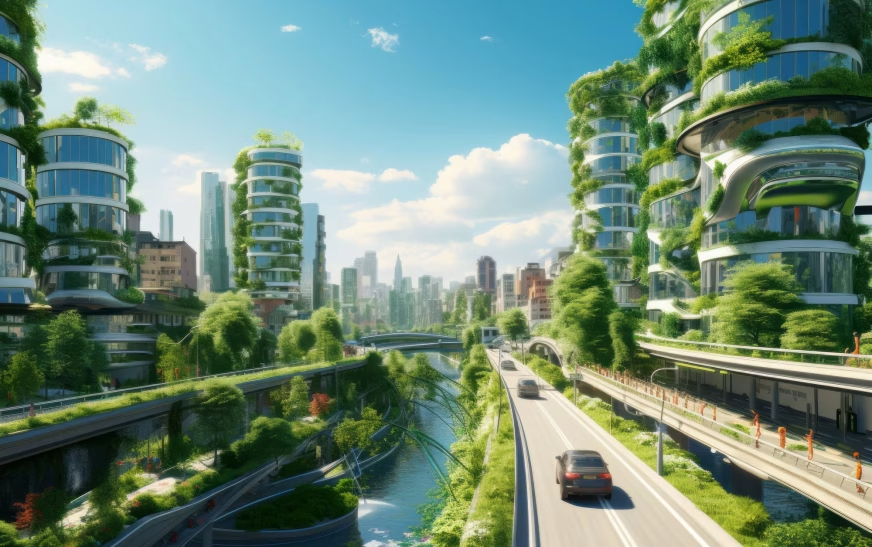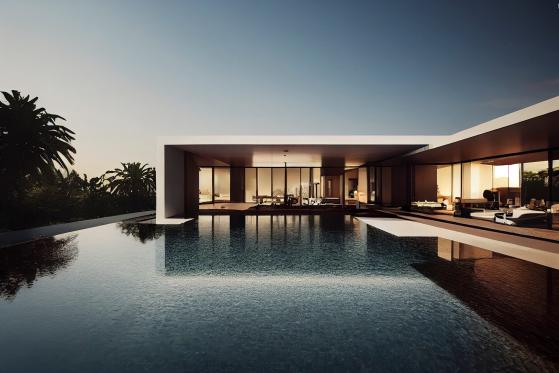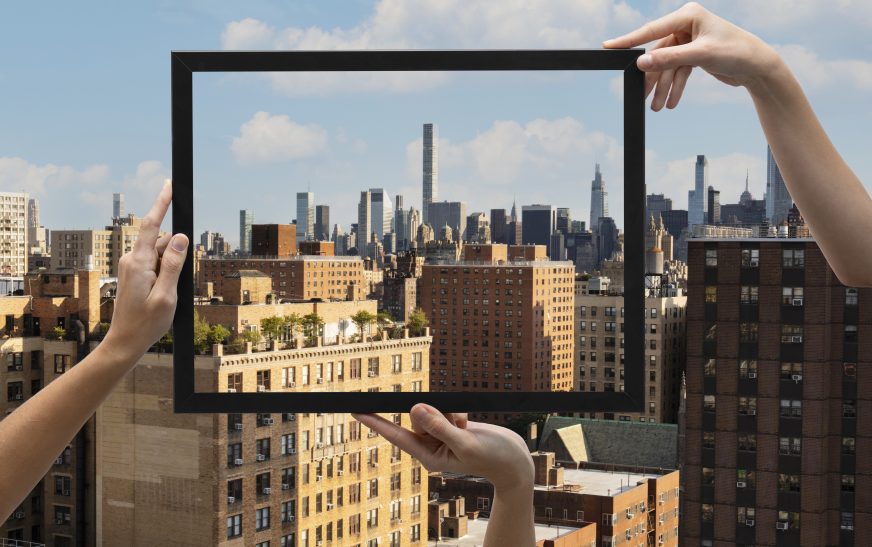The real estate industry is undergoing a significant shift, driven by a growing desire for a lighter environmental footprint and healthier living spaces. Sustainability is no longer a niche concept; it’s becoming the new standard. Consider this: a Dodge Data & Analytics study revealed that over 70% of millennials are willing to pay more for eco-friendly features in their homes. This demand for green living isn’t just good for the environment, it’s smart business.
The Benefits of Green Buildings
Sustainable buildings boast features like solar panels and smart home systems, leading to drastically reduced energy consumption. Take for instance, the Kended Dragonfly net-zero energy home in Vermont, developed by Efficiency Vermont. This innovative home generates all its energy needs through solar panels, resulting in significant cost savings for the homeowner. But the benefits go beyond finances. Sustainable buildings prioritize natural light, ventilation, and non-toxic materials, creating a healthier living environment. Studies have also shown that green buildings command higher rents and sale prices.
Building with Sustainability in Mind
- Eco-Friendly Materials: Sustainable builders are utilizing bamboo, reclaimed wood, and recycled materials,minimizing environmental impact without sacrificing aesthetics.
- Smart Design Strategies: Proper insulation, natural light optimization, and efficient ventilation systems reduce energy consumption and improve occupant comfort.
- Water Conservation: Low-flow fixtures and rainwater harvesting systems are becoming commonplace,significantly reducing water usage.
Taking Sustainability a Step Further
The movement towards sustainability extends beyond materials and design. LEED certification is a growing trend, with buildings like the Shanghai Tower
in China earning recognition for their commitment to sustainability. The ultimate goal? Net-zero buildings. These marvels, like the Bullitt Center in Seattle, generate as much energy as they consume.Another trend gaining traction is mixed-use developments, which combine residential, commercial, and retail spaces within walking distance, fostering vibrant communities and reducing reliance on cars.
Conclusion
The real estate industry is on the cusp of a greener revolution. By embracing sustainable practices, the industry can create a win-win situation for the environment, residents, and itself. From energy-efficient marvels to healthier living spaces, this shift paves the way for a future where living green becomes the norm.
Disclaimer: The content of this article is the opinion of the author and does not necessarily represent the views of any organization or institution.














